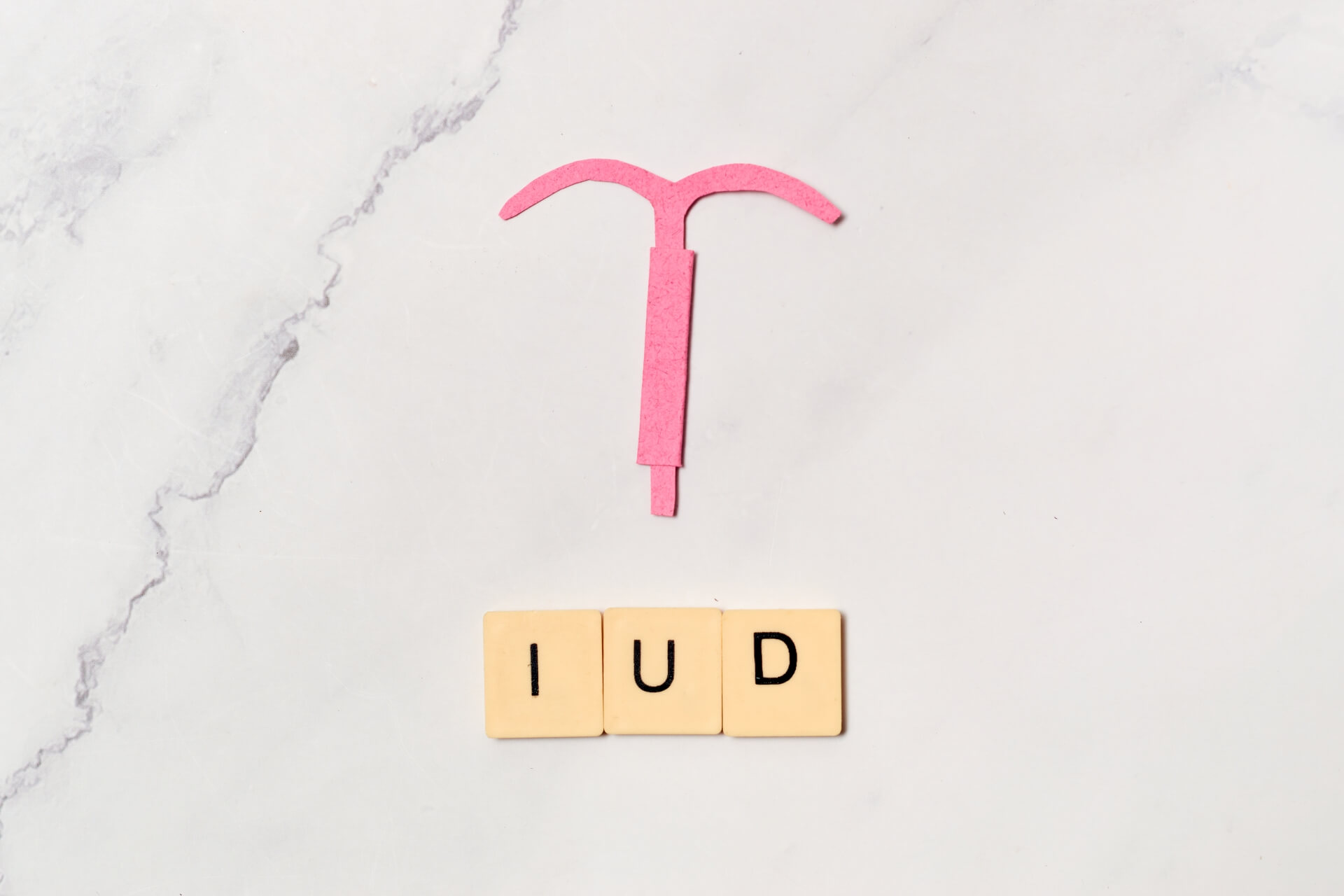The linea nigra, also known as the “black line,” is a common occurrence during pregnancy where a dark vertical line appears on the skin of the stomach [1]. While it’s sometimes called the “linea alba,” which means white line in Latin, this line is actually dark in color and may appear darker as the pregnancy progresses [1]. It typically runs from the belly button to the pubic area, but can extend upwards towards the abdomen, and is more visible in people with darker skin tones [1].
The linea nigra is often associated with the “mask of pregnancy,” which is a term used to describe the darkening of the skin on the face and other areas of the body during pregnancy. This darkening is caused by an increase in melanocyte stimulating hormone, which can also contribute to the darkening of the linea nigra [1]. While some people believe that sun exposure can cause the linea nigra to darken, this is a wives’ tale and has not been proven by medical research [1].
While the appearance of the linea nigra is a normal and healthy part of pregnancy, it is always important to discuss any changes in your body with your healthcare provider. The linea nigra is just one of the many changes that occur during pregnancy, and staying informed about these changes is an important aspect of maintaining a healthy pregnancy [1].
Usually, the pregnancy line on the stomach is a dark vertical line that can appear between the belly button and pubic bone. Most people with darker skin and women in their second and third trimesters of pregnancy get it.
Does the Linea Nigra Disappear After Pregnancy?
It is important to note that the line on the stomach is not a cause for concern and will usually fade after pregnancy. But if the line looks different or you have any other strange symptoms, you should talk to your doctor.
The pregnant belly line is usually more visible in women with darker skin tones, but it can also be present in women with lighter skin.
In addition, it is also important to protect your skin from the sun during pregnancy and to avoid using any harsh skin lightening products as it can cause harm to your unborn baby.

Common and harmless symptom
Linea Nigra is a common and harmless pregnancy symptom and does not require any treatment. It usually disappears after pregnancy. Consult your healthcare provider if you notice any unusual changes or symptoms.
Linea Nigra is a harmless sign of pregnancy, but it can also be a special reminder of the journey through pregnancy for many women. Some women choose to embrace the line and see it as a badge of honor for the incredible changes their bodies have undergone during pregnancy.
However, if the line persists after pregnancy or is particularly bothersome, there are some treatments available. These include:
- Topical treatments: There are creams and lotions available that claim to reduce the appearance of linea nigra. These products typically contain ingredients such as vitamin C or retinol, which are believed to help fade dark spots on the skin.
- Laser therapy: Laser therapy can be used to reduce the appearance of linea nigra. This treatment involves using a laser to target and break up the excess melanin in the skin.
- Cosmetic procedures: In rare cases, cosmetic procedures such as chemical peels or microdermabrasion may be used to treat linea nigra.
It is important to keep in mind that every woman’s experience with Linea Nigra is unique, and some women may not experience it at all. Similarly, the line’s intensity and length can vary from woman to woman.
Tips for your skin
While it is not necessary to treat Linea Nigra, some women may choose to use a moisturizer or oil to keep the skin hydrated and prevent itching or dryness. It is important to use a safe and hypoallergenic product during pregnancy.
Conclusion
To wrap it up, Linea Nigra is a common and harmless pregnancy symptom that is caused by an increase in melanin. It may appear as a dark, vertical line on the belly during the second and third trimesters of pregnancy. If you notice any changes or symptoms that don’t seem right, you should talk to your doctor. Pregnant women should also protect their skin from the sun and avoid using any harsh skin lightening products.
References
- Rezvani, A. (2020). Linea Nigra. In StatPearls [Internet]. StatPearls Publishing. https://www.ncbi.nlm.nih.gov/books/NBK542276/
- Murray, E. R., & Cohen, J. L. (2013). Pregnancy dermatoses: diagnosis, management, and controversies. American Journal of Clinical Dermatology, 14(3), 195-215. https://link.springer.com/article/10.1007/s40257-013-0012-1
- Sutcliffe, J. G. (2013). Linea nigra in patients with Ehlers-Danlos syndrome. Archives of Dermatology, 149(8), 1007-1008. https://jamanetwork.com/journals/jamadermatology/article-abstract/1714448
- Zedde, P., & Manunta, A. (2014). Linea nigra: clinical significance in dermatology. G Ital Dermatol Venereol, 149(6), 693-697. https://www.minervamedica.it/en/journals/dermatologia-venereologia/article.php?cod=R23Y2014N06A0693
About the Author
Dr. Jennifer Broad is a board-certified obstetrician and gynecologist who has been practicing in Newport Beach, California for over a decade. She received her medical degree from the University of California, San Francisco, and completed her residency training at the University of California, Irvine.
Dr. Broad is dedicated to providing personalized care to her patients and is committed to staying up-to-date with the latest medical advances in her field. She is a fellow of the American College of Obstetricians and Gynecologists and a member of the Orange County Medical Association.











